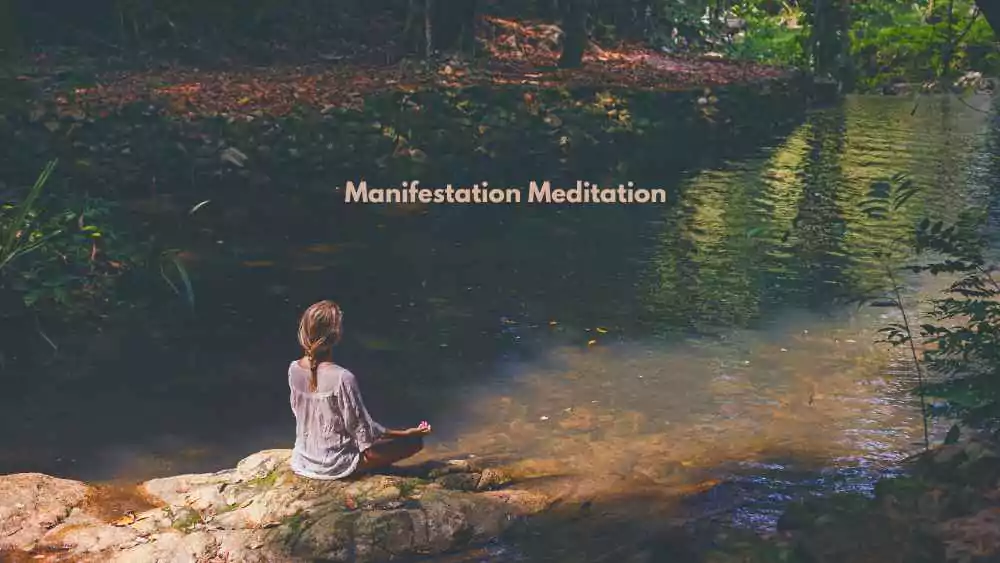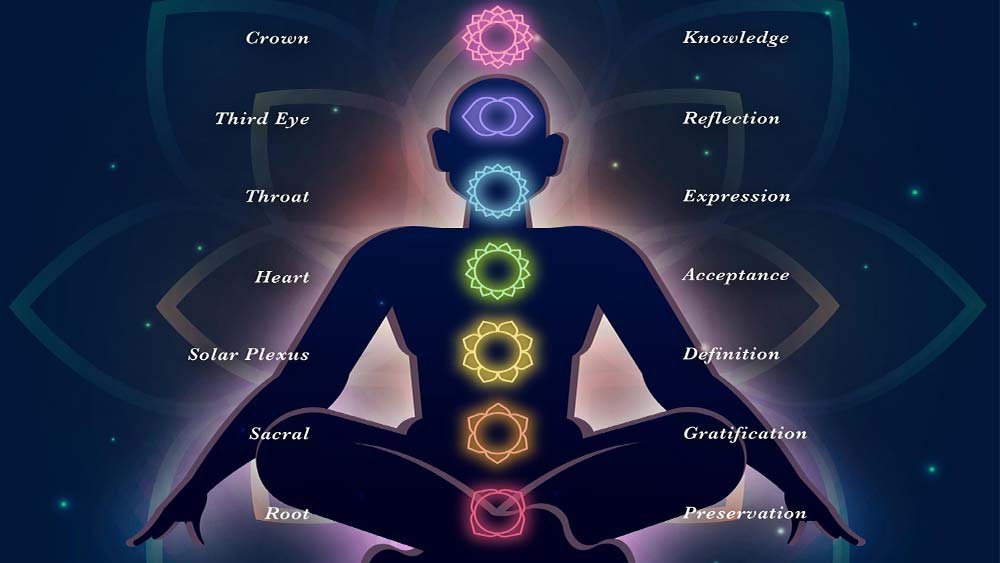
What Is Kundalini Yoga? Origin, Benefits, and Dangers
Do you want to uncover the purpose behind your life and accelerate the inner power that lies within you? Kundalini yoga is about energizing or awakening this inner power and discovering what you want. Properly incorporating this spiritual and focused meditation into one’s life can bring incredible changes.
Kundalini yoga is often called the yoga of awareness. It is a physical, spiritual, and mental practice. Kundalini yoga exercises are precise, repetitive, and prescriptive. This ancient yoga is also very potent and dangerous. You may be wondering how. Why is Kundalini yoga dangerous? So, in this article, we will discuss Kundalini yoga, its origin, and why it is considered the most dangerous yoga. Scroll down if you want to know what you want!
What Is Kundalini Yoga?
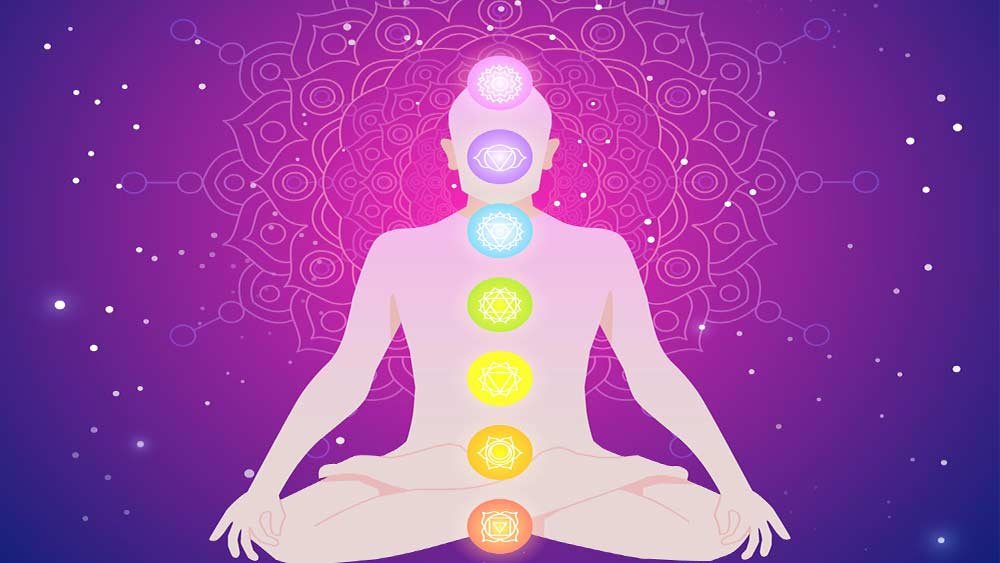
Kundalini is a Sanskrit word that means “coiled.” According to the theory of Kundalini yoga, Muladhara is a kind of creative divine energy that lies in the base or bottom of the spine in the center. It is the lowest or root chakra(energy center) in the human body, where it is coiled like a snake.
It is present in every human being, but in almost 99.9% of people, it remains in the sleeping state. With Kundalini activation, an energy awakens and ascends the spine, turning into spiritual energy.
Once it is awakened, it will start making a journey within you. That power will start awakening and rising within you until it reaches the crown chakra and entirely changes your life. In Kundalini yoga, you do mudras, mantras, physical movements, and deep breaths to elevate your conscious awareness. It can also be used as a positive affirmation for men and women to boost self-confidence.
Kundalini Yoga Origin
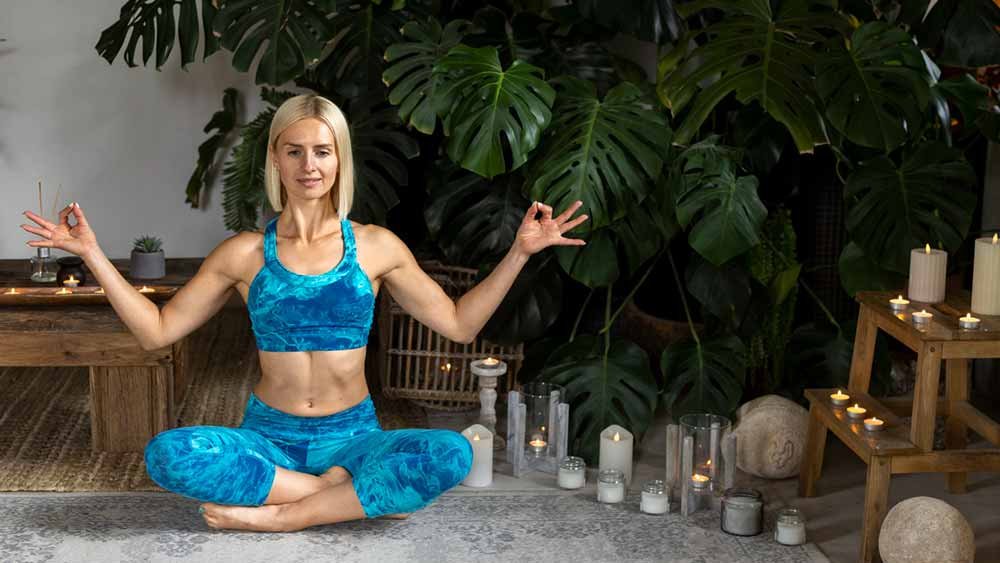
Kundalini yoga originated thousands of years ago in India. The master Yogi Bhajan, also known as Sri Singh Sahib, brought it to Europe in the late 1960s. Yogi Bhajan brought his teachings here to share Kundalini’s wellness. It has been kept private for thousands of years.
It was only taught in monasteries and grand temples, and it was kept a secret because kundalini energy was considered to be potent. Yogi Bhajan believes his teachings are designed to bring happiness, health, and self-awareness. Now, due to its benefits, it is practiced widely everywhere worldwide.
Kundalini Yoga Poses

Kundalini yoga emphasizes the inner energy of our body. However, it combines pranayama (breathing exercise), mantra (chanting), mudra, asana, and meditation with different poses. Kundalini yoga has 300+ poses from which the yoga teachers or yogis choose. Each pose significantly affects overall mental, physical, and spiritual health.
Some of the most common and well-practiced Kundalini poses are stretch pose, anchor pose, shoulder twist, breath fire, ego eradicator, bhujangasana, lotus position, sat kriya, and many more.
5 Easy Kundalini Yoga Poses For Beginners
There are more than 300 poses in Kundalini Yoga, but these are the top 5 most easy poses beginners can easily practice.
1. Sufi Grind
Sufi grind is a slow, full-body workout that helps you ground and stabilize your emotions and mental peace. It is easy and does not require any special equipment.
To perform sufi grind, sit on the ground, crossed-legged, comfortably. Put your hands on your knees and slide your ribs to the side. Slowly inhale and push your chest forward, making a round.
Move your belly button to your thighs, raising your chin. Then, move your upper body backward into a slouch, moving the chin down. Contract inwards and shrink your thighs and stomach.
Repeat the process clockwise and anticlockwise a few times to complete the sufi grind.
2. Archer Pose

As the name depicts, it is a pose in which you stand like an archer. It stretches and opens your stomach and chest area, building more courage and confidence.
To perform an archer pose, you stand like an archer, like, one foot at the front (knee aligned with the toes). Ensure that the foot is a little bent from the knee. Keep the second leg straight at the back. Then, straighten your hand, fist closed, thumbs up.
Afterwards, pull the left hand back and stretch the whole body with the left hand. Pull the left fist all the way to the armpit. Slowly, breathe in and out.
You can also use the breath of fire technique to make it more effective. However, kundalini breath of fire dangers people with blood pressure, spinal disorders or respiratory issues. So you should be cautious of that.
3. Shoulder Twist
Shoulder twist enhances the spinal cord’s flexibility and improves blood circulation in the body. It is easy and quick to perform.
Sit crossed-legged comfortably, put your hands on your shoulders, fingers at the front side and thumbs at the back. Keep the chin straight and inhale slowly. As you inhale, twist to the left and exhale while twisting to the right. Repeat it for 1-3 minutes, and then relax your hands.
4. Ego Eradicator
It helps in getting mental clarity and boosts lung capacity through rapid, rhythmic breathing.
To perform the Ego Eradicator, you must sit comfortably with your legs crossed and your spine straight. Raise your arms to a 60-degree angle from your torso. Then, curl your fingertips to form a bear claw, then stretch your thumbs upward.
Breathe in swiftly and consistently through your nose. Focus on each inhale and exhale equally. One to three minutes later, exhale deeply, lift your thumbs over your head, let go of the air, and allow your arms to fall naturally.
5. Cobra Pose
It strengthens the upper back and helps in relaxing the upper body muscles.
For the cobra pose, lie down on your belly and place your palms straight under the shoulders. Keep your your legs together and toes pointed. Inhale and gently lift your head, chest, and upper abdomen off the mat.
Keep your pelvis and legs grounded, and open your chest forward. Hold the pose for a few breaths, then exhale and slowly lower back down to the mat.
Kundalini Yoga Benefits That Will Transform Your Life
Most people who practice Kundalini yoga get numerous benefits. Some are as follows:
- It builds self-confidence.
- It can be the best meditation for couples to relax and spend quality time with each other.
- Enhance mindfulness and bring dramatic changes, just like the manifestation meditation technique.
- A more focused and clear mind can also be a concentrated mediation technique.
- You find the real purpose of every action and become more focused and successful in life.
- It deeply relaxes the inner and outer body, so we feel rejuvenated after this meditation.
- It relieves stress and anxiety.
Besides its numerous benefits, some consider kundalini yoga the most dangerous form of yoga. Let’s clarify why.
Why is Kundalini Yoga Dangerous?
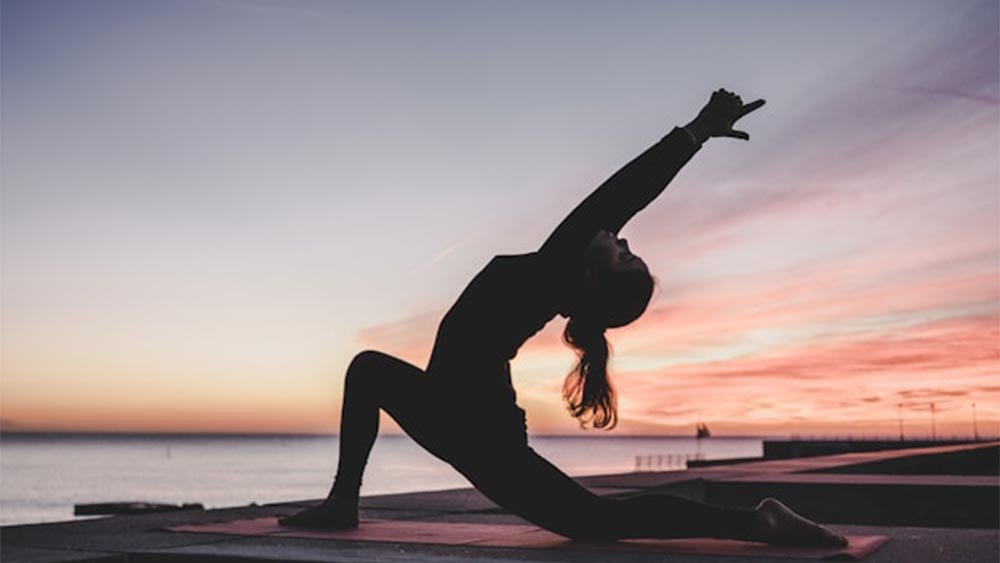
In its essence, Kundalini yoga is the most potent and dangerous form of yoga. It is dangerous if it is improperly handled. As a result of regularly practicing Kundalini yoga, you may find these changes in your life:
You may Feel Lightheaded: In Kundalini yoga, deep breathing exercises are performed, so if you are not used to this, you may initially feel dizzy and lightheaded.
Effect Relations: It can change people’s thinking and perspectives, so you will feel their behavior changing towards them. Sometimes, it can also affect relations.
Feel Traumatized: When the kundalini awakening comes quickly, it can bring emotional challenges and self-questions, and you may feel traumatized.
Lack of Sleep: Some find that their sleep is reduced. Even if they sleep two or three hours, they feel fresh. It may be a danger for someone and for someone not.
Emotional Imbalance: Some people who move slowly feel they are losing their everyday lives.
Can Cause Panic Attacks: If the ego is in control, you will feel more focused and self-centered. However, some individuals who are overwhelmed can face panic attacks and muscle pulls.
In short, it is the most energy-awakening type of yoga, but it can be dangerous if it is not practiced correctly under the guidance of an expert Yoga teacher.
How to Start Kundalini Yoga Meditation
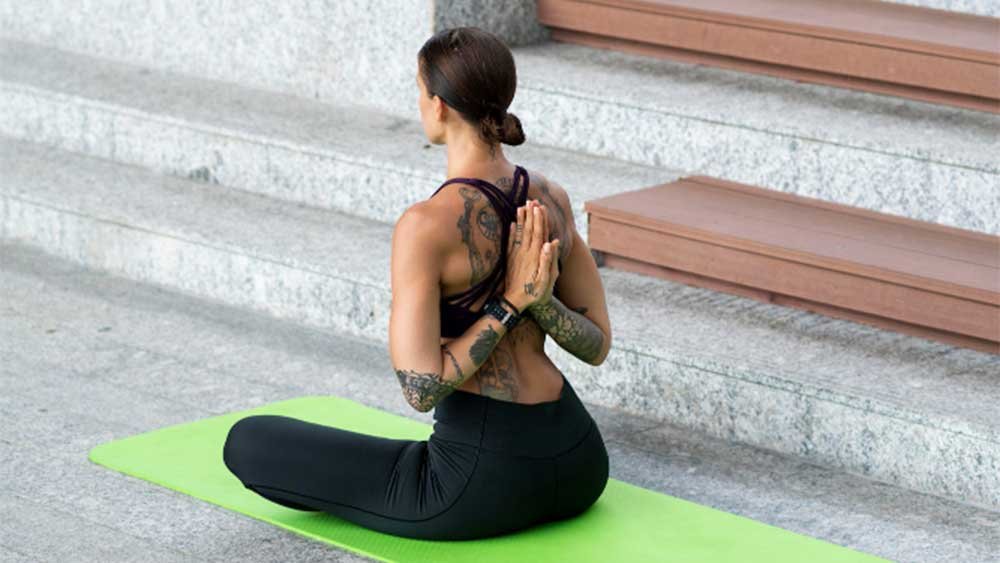
To start Kundalini yoga, you must get the guidance of a yoga teacher. Start with a little. Five minutes is enough for this meditation in the beginning. You can slowly increase the time and poses as guided by the yoga expert. The beginner Kundalini mediation practice steps are:
Choose location: Choose a quiet, peaceful, and comfortable location—not too hot or not too cold.
Wear Light Clothes: Most Kundalini practitioners prefer light, loose, comfortable clothes. Covering the head with a shawl or clothing will also improve the energy flow.
Set the Time: Choosing a time you may not be likely to disturb is very important. Also, the length of the meditation should be set. It could be five minutes, ten minutes, or any duration that suits you.
Take the Position: You can sit on the floor cross-legged or in a chair where your feet bear the burden of your body weight. Push your palms together. You can also put a pillow or blanket underneath to stay comfortable.
Choose a Mantra: Mantras work very well in this meditation. Choose a mantra that suits you. Speak aloud and repeat if necessary.
Close your Eyes: Closing eyes is also called focusing on the third eye chakra. Do not close your eyes fully; gaze at the bottom of your forehead between the eyebrows.
Focus on Breath: Focus on your breath, inhaling and exhaling through your nose. Focus on the sensation of breathing. The duration of breathing should be 8 seconds.
End Meditation: End this cycle at your determined time and gradually increase the time daily. You can also add mudras by consulting your yoga teacher.
Final Words
Kundalini yoga is the most potent yoga. With regular practice, you will feel that your personality is changing, and you will feel more focused. It can bring more success and comfort in life. But why is Kundalini yoga dangerous? It is because all human beings are different from each other physically, mentally, and spiritually.
Moreover, life circumstances differ from one another. So, before starting Kundalini yoga to achieve its long-lasting benefits, you must consult with your yoga expert and do the Kundalini poses and practices that suit you best.



